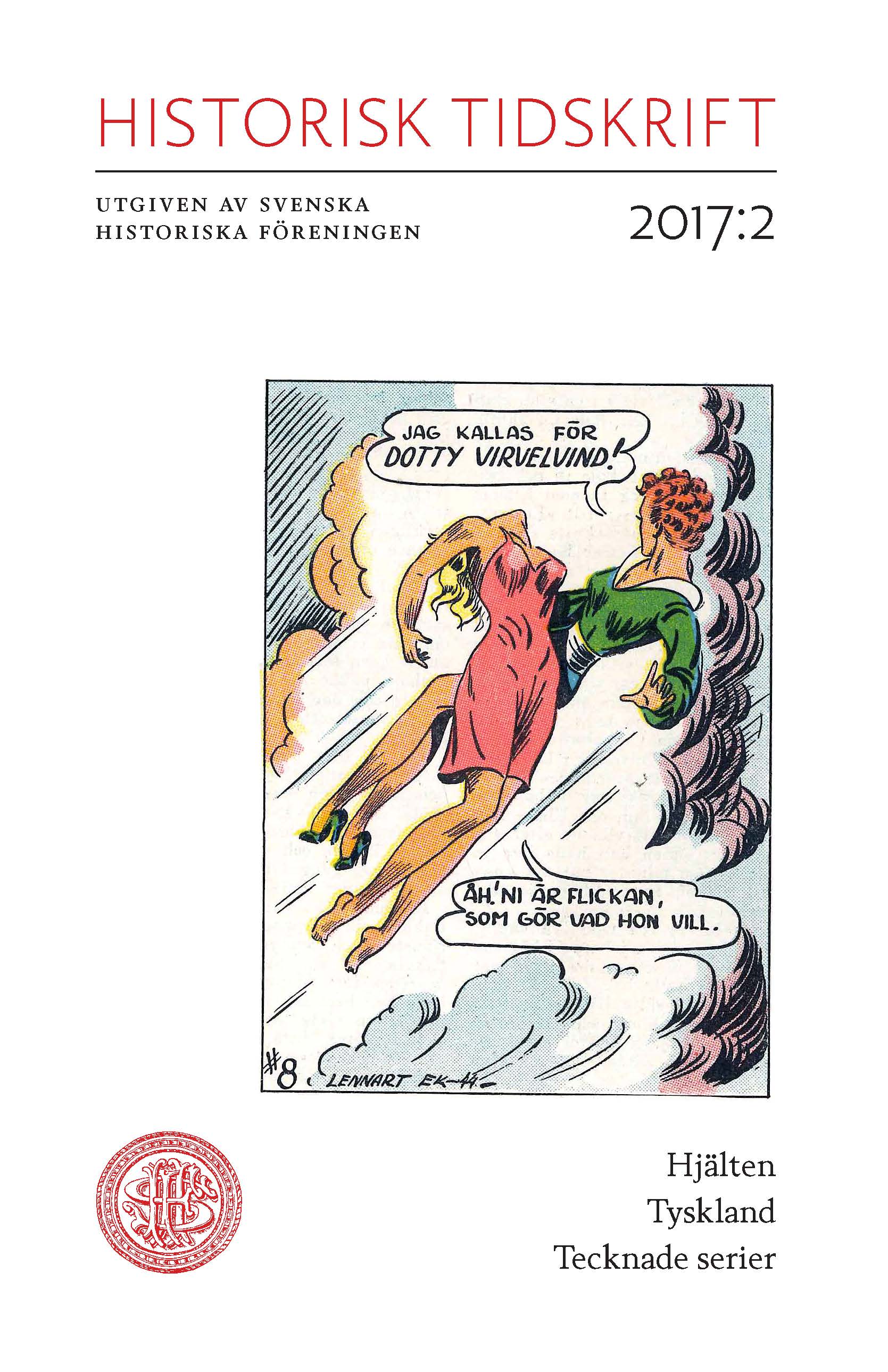Abstract
Nomen est omen: State names for divided Germany
The Cold War brought a competition of political systems between East and West. This battle was also waged on a discursive level. In this article the ”German question” is investigated from a linguistic perspective by analysing the names used for both German states in political documents, and in press, informational and educational materials. By using different names such as the German Democratic Republic (GDR/DDR), East Germany, the Zone, the Federal Republic of Germany (FRG/BRD), West Germany and the Bonn Republic, the states were able to position themselves and simultaneously call into question the legitimacy of the ”other” Germany. The names chosen were deliberate speech acts and part of the antagonism that characterized German-German relations until unification in 1990. A diachronic study of how the state names were used in the Federal Republic of Germany and the German Democratic Republic therefore illustrates the relations between the states.
The uses of German state names by other nations were also perceived as political statements. Neutral Sweden was caught in the middle of a GermanGerman power struggle. Although the Federal Republic of Germany was certainly the more important partner, with a stronger influence during the period as a whole, the GDR nevertheless served as a role model in several areas. The article sheds light on Sweden’s view of divided Germany during the Cold War by examining how both German states were portrayed linguistically in Swedish public discourse between 1949 and 1989.
The analysis shows that the German-German context involved regular wars of words, where the use of a name could prompt both domestic and foreign policy conflicts. The names of East or West Germany had political significance and were also explicitly agreed on in different contexts. The Swedish materials show a more pragmatic approach. Names were increasingly chosen to suit the context of communication and consideration of the German-German name preferences seemingly played a subordinate role. However, the study demonstrates that name practices changed in accordance with the political debates caused by the German question. The attempt to portray the two German states as equal regardless of context, which started in the late 1960s, is remarkable.
The use of state names in the respective public discourse of the states reflects the balance of power and interaction of the Cold War. The study illustrates clear differences in how the two German states were portrayed linguistically in the Federal Republic of Germany, the GDR and in Sweden. But in spite of differences, the same image was evoked – West Germany was portrayed as the ”real”, prototypical Germany, whereas the GDR assumed more of a divergent status.

